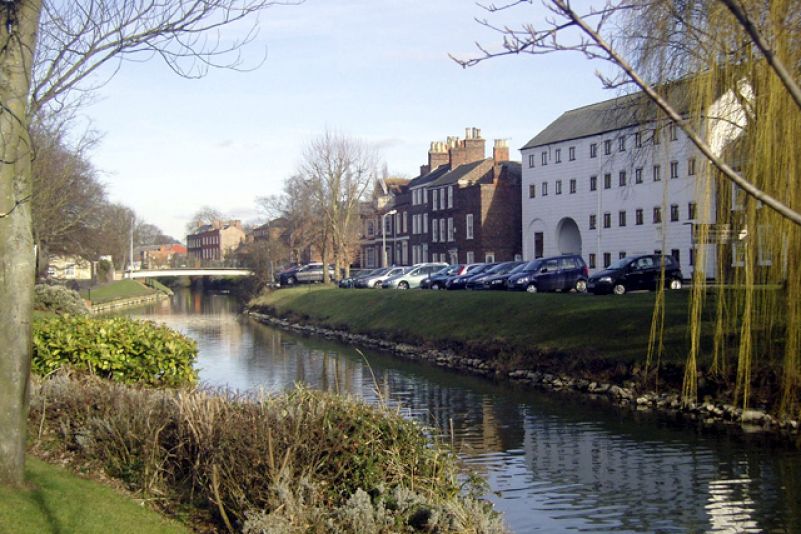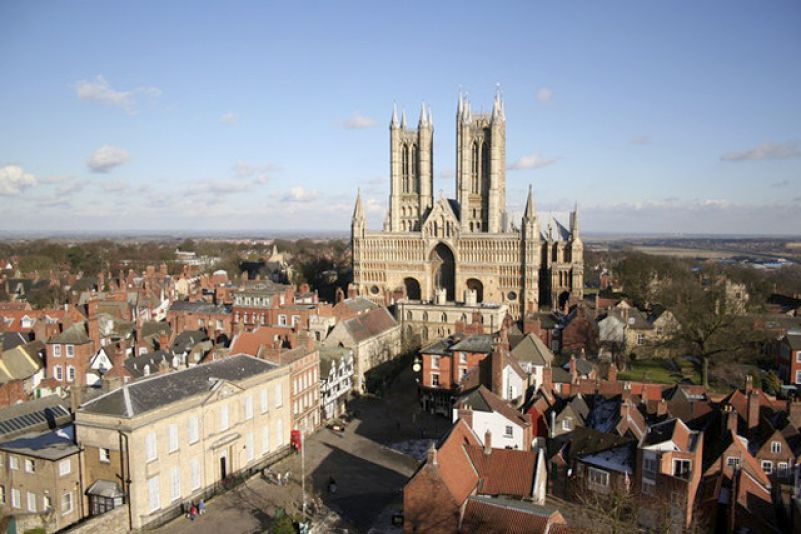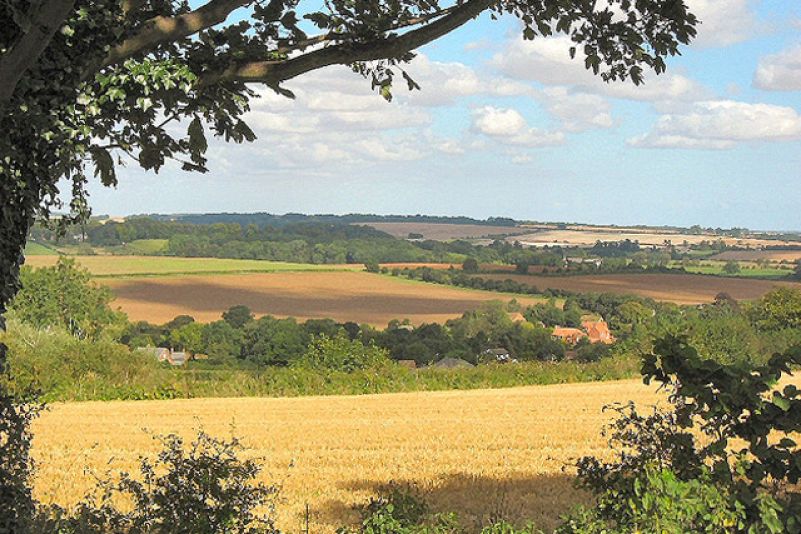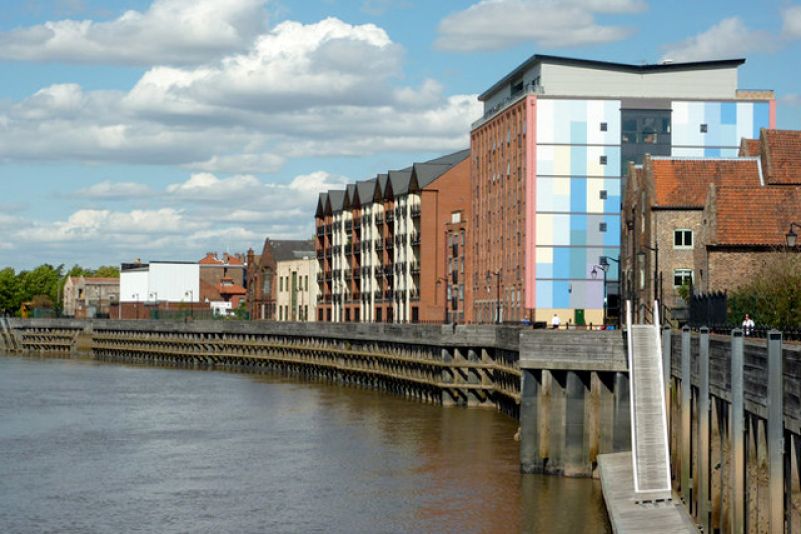Created Date:
Last Modified:
Raymond Mays
A short-lived marque, named after its founder and famous hillclimb and sprint driver.
Location
Shelsley Walsh Motors, Eastgate House, Eastgate, Bourne, PE10 9LB.
Date
1938 - 1939.
-
 he Raymond Mays Drophead Coupé taking part in the final stages of the 1939 RAC Rally on Madeira Drive, Brighton. The car has recently been sympathetically restored and is back in the UK (2022), © National Motor Museum, Beaulieu.
he Raymond Mays Drophead Coupé taking part in the final stages of the 1939 RAC Rally on Madeira Drive, Brighton. The car has recently been sympathetically restored and is back in the UK (2022), © National Motor Museum, Beaulieu. -
 The same car, now restored, taken at Shelsley Walsh, July 2022, © Pete Austin
The same car, now restored, taken at Shelsley Walsh, July 2022, © Pete Austin -
 The prototype Raymond Mays V8, a Sports Tourer, with Alec Rivers Fletcher, at the wheel; source: Grace's Guide to British Industrial History
The prototype Raymond Mays V8, a Sports Tourer, with Alec Rivers Fletcher, at the wheel; source: Grace's Guide to British Industrial History -
 The same car, almost 80 years later at a very wet event at Grimsthorpe Castle, © Tony Thorpe
The same car, almost 80 years later at a very wet event at Grimsthorpe Castle, © Tony Thorpe
Commentary
In 1938, Raymond Mays, co-founder of English Racing Automobiles (ERA), established a new company under the name of Shelsley Motors to build a brand-new sports car.
The company was named after the location of the hillclimb event in Worcestershire where Raymond Mays had, over almost 20 years, built his pre-eminent reputation in motor sport.
The cars, which were marketed under Raymond Mays own name, were designed by Peter Berthon, and built around a Standard V8 2.6-litre engine, capable of developing 85 bhp, with a top speed of over 90 mph (or more than 100 mph, with twin carbs and a higher ratio back axle).
Three different models were planned: the Sports Tourer, Drophead Coupé, and Saloon. However only five cars were actually built before the outbreak of war in September 1939, when the project was brought to an end. Three of the cars were Sports Tourers, the fourth a Drophead Coupé, and the fifth possibly based on a body designed and manufactured by Standard. (Reports on this seem to vary.)
The cars were partially built at the Standard factory in Coventry and finished in the workshop behind Eastgate House in Bourne.
It is believed that two of the cars survive today: the Sports Tourer FLN 386 and the Drophead Coupé FLN 388.
FLN 386 was sold to the Berkshire Constabulary at the end of the Second World War. It was repainted black, and remained in the police service until around 1956. In 1974, it was taken to America, but has since been returned to Britain and undergone major restoration, which has included returning the car to its original colour.
Further details
• The Motor Makers of Lincolnshire, Stephen Pullen, Tucann, 2007.
• British Sports Cars, Gregor Grant, G T Foulis & Co Ltd, 1958.
• The Thoroughbred Motor Car 1930-1940, David Scott-Moncrieff, Batsford, 1963.
• The specialist ERA website: www.englishracingautomobiles.co.uk.
• The Standard Motor Club website: www.standardmotorclub.org.uk.







